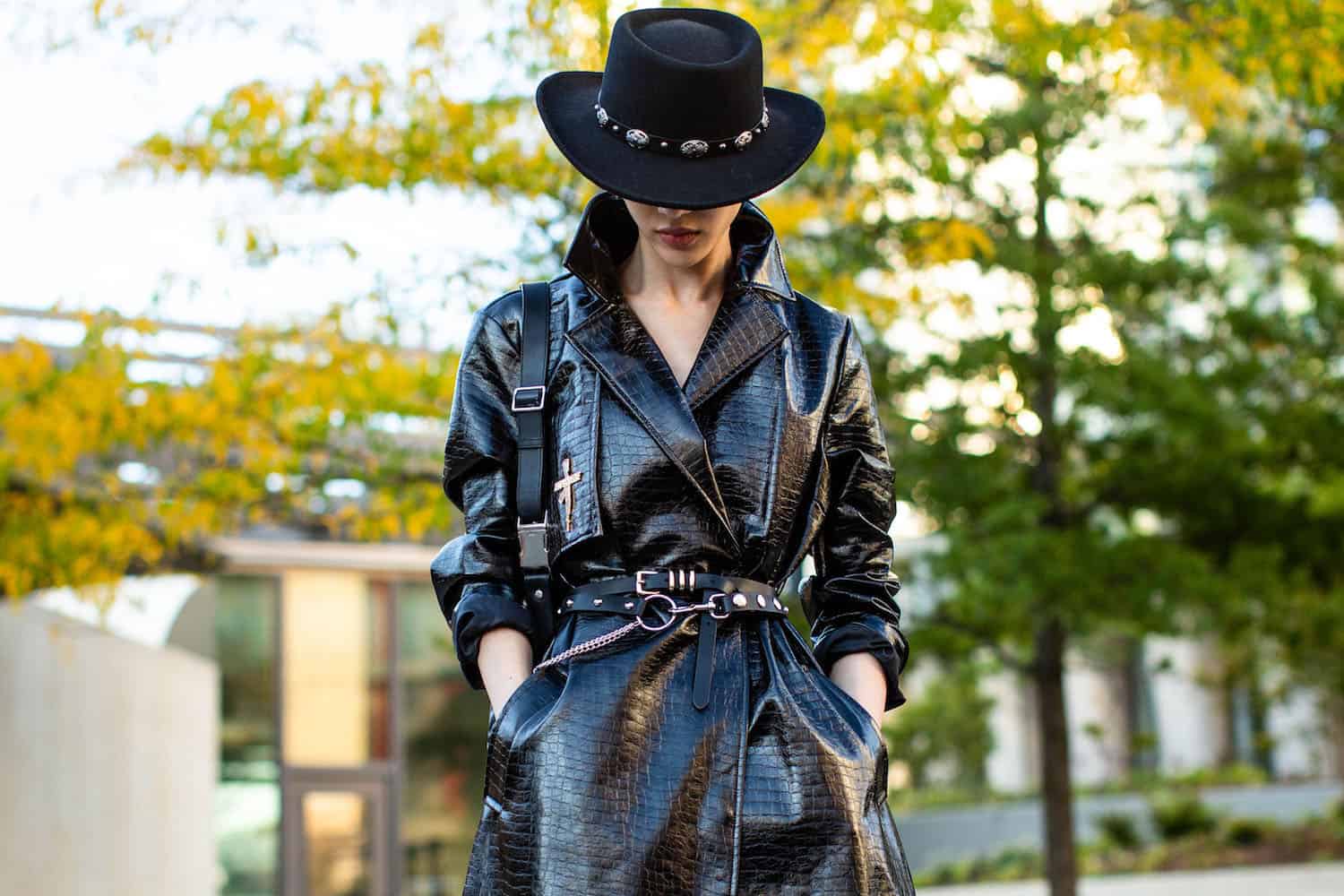
When it comes to fashion, Japan styles are as diverse as the people who live and work there. Japanese fashion can take on an international flavor, with styles ranging from minimalist to capital, visual kei and symbolism. These are some great tips to help you make your style a success. Here's a list with key elements and helpful advice. You'll soon be able to create a Japanese wardrobe that will impress everyone.
Japanese fashion embraces symbolism everywhere
A piece of Japanese clothing can be a symbol for the world. Kanji is a Japanese character that means "snowfall", which refers to the snow that falls and feeds the earth. The sea is also a symbol of Japanese fashion. It is often associated with samurai armour. In fact, the sea is never far away, and many people in Japan wear kimono with a yagasuri pattern.
Minimalism
Japan is known to have a special relationship to reductive aesthetics. This is due to the interplay between these two styles. Japan has been influenced for many years by China. The Shoso in treasury of the eighteenth century shows how the two styles merged with simplicity. The treasury contains just the basics, with minimal decoration.

Kapital
The famous, quirky designs of the Kapital clothing line from Japan are now commonplace all over the globe. The brand is known for its bandana shirts, pants and pants inspired from haori art and is a staple in the wardrobes both b-ballers as well as creatives. Kapital is a fashion brand that reinvents the old classics for modern men. Continue reading to find out what makes this Japanese brand different from others.
Visual kei
Visual kei music can be considered heavy rock. But, the genre is also heavily influenced punk, rock, nu-metal and glam. Visual kei music has a distinct aesthetic. Many artists mimic the American style of flamboyance. Many of these characteristics include big hair, elaborate stage costumes, and matching leather outfits. These are some of these bands that have influenced visual music kei.
Yukata
You should consider buying a yukata if you are visiting Japan. It is a traditional Japanese garment. These lightweight, loose-fitting summer robes are great for hot weather. You can adjust them to your liking. These robes are usually long with a obi (belt), which ties in the front. Ensure the yukata and obi are the correct length to complement your height.
Haori
A haori is a shorter coat worn over a Kimono. Trove introduces two new haori using modern materials, such wool. The soft, lightweight feel of the haori is due to its cupra rayon liner. These haori are versatile and can be worn with both western and Japanese clothing. In modern Japan, kimono are rarely worn outside of formal events. If the weather turns warm, however, your haori can be worn indoors or outdoors and still feel like your in Japan.

Maekake
Maekake, a type apron, can be used in many different ways. These aprons are often used to carry or lift heavy objects, and can also be used as a protective garment for small children. Maekakes are useful for keeping stray fur out of clothing. Maekakes are often worn indoors by children as they protect their clothing from sticky fingers.
Maekake pairs well with western clothing
Maekake styled with an oriental flair can be used as a stylish alternative to traditional Japanese garb. These garments were made in Japan originally and were used as advertising material by professionals. Maekake can be combined with western clothes and accessories to make a fashionable and stylish ensemble. They can also be used indoors as a protection for clothing from strayfur. The versatile designs also make great accessories for children.
Yohji Yamamoto
Yohji Yomoto is a fashion design who spent nine year perfecting his designs to be presented at the Paris Fashion Week. In 1977, he made his debut with Y (a women's collection). The line quickly won praise, and the following year, he presented his first women's collection in Paris. His fashion line has evolved to include luxury accessories as well as pieces. In 2000, he worked with Adidas to create a limited-edition sneaker line. The designer plans to create sneaker-heels today.
FAQ
Where can I get clothes?
Clothes can be found everywhere. There are many places to shop for clothes, including department shops, specialty shops and discount stores.
You can find clothing stores at Macy's department stores, Sears, JC Penneys, Kmart, Kohl's and Wal-Mart.
What is the difference?
Both men, and women, like to look good. They care about their appearance. Men tend to be more stylish than women. Women don't always look worse than men.
The appearance of women is more important to them than being feminine. Women are more attracted to looking beautiful.
Men prefer to look masculine. Strong men are more attractive.
Which is more important: designer or name brands?
Designer clothes can be more affordable than clothes from the same brand. They are often made from inferior materials.
Name brand clothes tend to be made from better quality materials. They are more durable and last longer.
Statistics
- The middle 50 percent earned between $42,150 and $87,120. (en.wikipedia.org)
- STUDENTS GET 10% OFF GET YOUR CODE (asos.com)
- The lowest 10 percent earned less than $32,150, and the highest 10 percent earned more than $124,780. (en.wikipedia.org)
- Also, they are known for offering up to 50% off quite often – always wait for the sales with Express! (collegefashion.net)
- For her AW15 menswear show, according to Water, "where models with severely bruised faces channeled eco-warriors on a mission to save the planet." (en.wikipedia.org)
External Links
How To
How to Style Clothes
How do I style clothes? The best way to do this is by wearing what you like, even if it's not fashionable, because fashion changes daily. You should never try to copy someone else's style; instead, learn from them and make your own unique style!
When styling yourself, the most important thing is to keep it simple and easy. Do not try to find something that fits perfectly if your goal is to look great. Instead, pick out whatever looks good on you, whether a shirt, pants, jacket, skirt, etc. Combine it into one outfit. As long as you coordinate your pieces well, it doesn't matter how many pieces are in your wardrobe. Also, remember to mix up colors and patterns because different outfits work great with different combinations.
Accessories can be used to complete any outfit. Accessories are often small, like scarves or hats, rings, necklaces and earrings, bracelets, bracelets, and even purses. These accessories can give your outfit some personality and help make it stand out. Think about which colors will complement and contrast with your clothes when shopping for accessories. For example, if you're wearing red shoes with blue jeans, you might choose a red scarf to match.